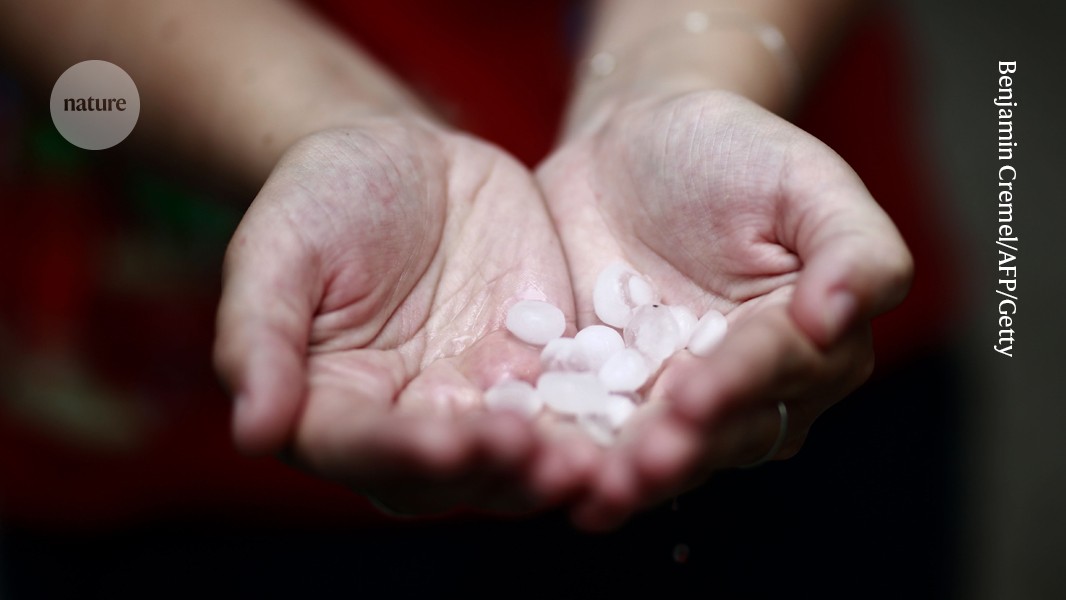
"Over a six-week period, dozens of scientists will chase ice-dropping storms across the US Great Plains, in the biggest US study devoted to hail in four decades."
"Hail forms during strong thunderstorms when upward-flowing winds carry raindrops to higher, colder regions of the atmosphere, where the drops freeze."
"We have so few observations that any observation of any hailstorm is going to give us new and exciting information, says Rebecca Adams-Selin."
"The results should help people to better prepare for damage from incoming hail, says Ian Giammanco, a meteorologist at the Insurance Institute for Business and Home Safety."
A new study, ICECHIP, aims to uncover the mystery of hail formation during thunderstorms. Researchers will investigate why some storms create damaging hail while others produce harmless ice, collecting crucial observations over six weeks across the US Great Plains. Hail causes extensive damage annually, but knowledge gaps persist about its formation processes. The project utilizes advanced equipment to analyze hailstone growth and the factors contributing to size and damage potential, with hoped improvements in infrastructure and storm preparedness resulting from their findings.
Read at Nature
Unable to calculate read time
Collection
[
|
...
]